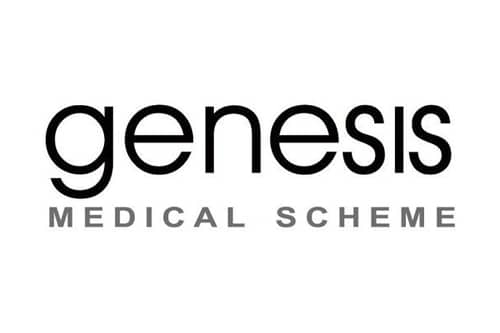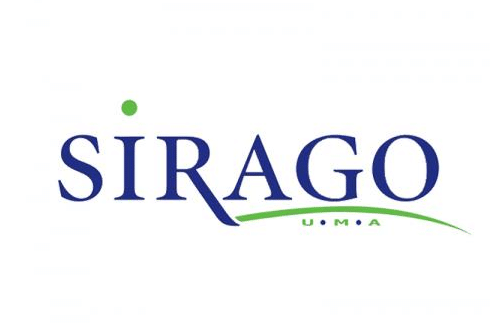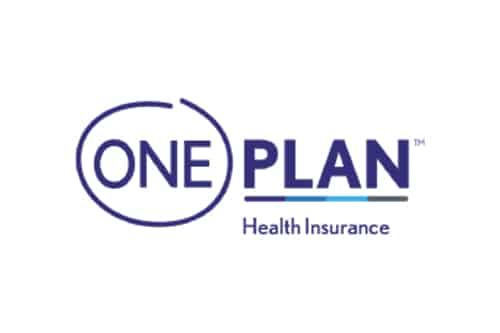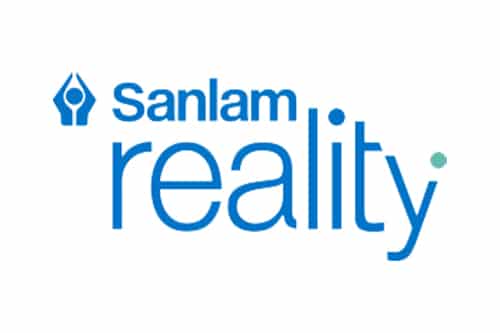Breast augmentation (breast implants)
Breast Augmentation (Breast Implants): Enhancing Feminine Form and Confidence
Breast augmentation, also known as augmentation mammoplasty, is a cosmetic surgical procedure designed to enhance the size, shape, and symmetry of the breasts using breast implants. This popular procedure allows individuals to achieve their desired aesthetic goals, improve self-confidence, and address various concerns related to breast size and appearance. This comprehensive exploration will delve into the intricacies of breast augmentation, encompassing its indications, types of implants, surgical techniques, recovery, potential risks, and references for further reading.
1. Indications and Goals
Breast augmentation is suitable for individuals seeking to:
Enhance Breast Size: Individuals dissatisfied with their breast size often pursue augmentation to achieve a more balanced and proportionate figure.
Restore Volume: Breast volume can be lost due to factors such as weight loss, pregnancy, or aging. Augmentation can restore youthful fullness.
Achieve Symmetry: Breast asymmetry, where one breast is noticeably smaller than the other, can be corrected using implants to achieve a balanced appearance.
Improve Confidence: Enhanced breast appearance can lead to improved self-esteem and body image.
2. Types of Breast Implants
Several types of breast implants are available, each with distinct characteristics:
Saline Implants: These implants consist of a silicone shell filled with sterile saline (saltwater) solution. They can be filled with varying amounts of saline to achieve desired size and symmetry.
Silicone Gel Implants: These implants contain silicone gel, which more closely resembles natural breast tissue. They are known for their soft and natural feel.
Structured Implants: These implants have an internal structure that holds the silicone gel, providing added shape and support.
3. Surgical Techniques
Breast augmentation involves various surgical approaches:
Inframammary Incision: An incision is made in the fold beneath the breast. This approach provides direct access for implant placement and allows for precise adjustments.
Periareolar Incision: The incision is made along the edge of the areola (the dark area around the nipple). This approach offers a discreet scar.
Transaxillary Incision: The incision is made in the armpit, and the implant is inserted through a tunnel to the breast. This approach avoids scars on the breast itself.
Transumbilical Incision: A small incision is made near the belly button, and the implant is inserted and guided to the breast using specialized instruments.
4. Recovery and Post-Operative Care
Following breast augmentation surgery, recovery is crucial for optimal outcomes:
Rest and Healing: Patients should rest and avoid strenuous activities for a few weeks to allow proper healing.
Supportive Garments: Supportive bras or compression garments may be recommended to aid healing and reduce swelling.
Follow-Up Visits: Regular follow-up appointments with the surgeon ensure that healing is progressing well and any concerns are addressed promptly.
5. Potential Risks and Considerations
As with any surgical procedure, breast augmentation carries potential risks:
Infection: Infection at the incision site or around the implant can occur. Antibiotics may be prescribed to prevent or treat infections.
Capsular Contracture: Scar tissue may form around the implant, causing it to harden or change shape. Additional surgery may be necessary to correct this.
Implant Rupture: Implants can rupture or leak, requiring surgical removal and replacement.
Changes in Sensation: Temporary or permanent changes in nipple or breast sensation may occur.
6. References for Further Reading
Adams, W. P., & Mallucci, P. (2012). Breast augmentation. Plastic and Reconstructive Surgery, 130(4), 597e-611e.
Clemens, M. W., & Nava, M. B. (2017). Breast implants and anaplastic large cell lymphoma: a narrative review. Plastic and Reconstructive Surgery, 139(1), 20e-28e.
Hammond, D. C., Migliori, M. R., Caplin, D. A., & Ozolins, E. B. (2012). Mentor Contour Profile Gel implants: clinical outcomes at 6 years. Plastic and Reconstructive Surgery, 129(6), 1381-1391.
Jewell, M. L., Jewell, A. K., & Shayan, K. (2019). Contemporary Breast Augmentation and Augmentation-Mastopexy. Plastic and Reconstructive Surgery, 143(5S), 31S-39S.
Liu, A. S., Kao, H. K., & Reish, R. G. (2013). Etiology of capsular contracture and its treatment. Plastic and Reconstructive Surgery, 132(6), 1533-1540.
Conclusion
Breast augmentation, a widely sought-after cosmetic procedure, offers individuals the opportunity to enhance their breast size, symmetry, and overall appearance. By choosing from various implant types and surgical techniques, patients can achieve their desired aesthetic goals and improve their self-confidence. Careful consideration of individual needs, proper surgical planning, and adherence to post-operative care instructions contribute to successful outcomes. While potential risks exist, staying informed about the procedure, selecting a skilled surgeon, and maintaining realistic expectations are essential steps towards a safe and satisfying breast augmentation journey.


































